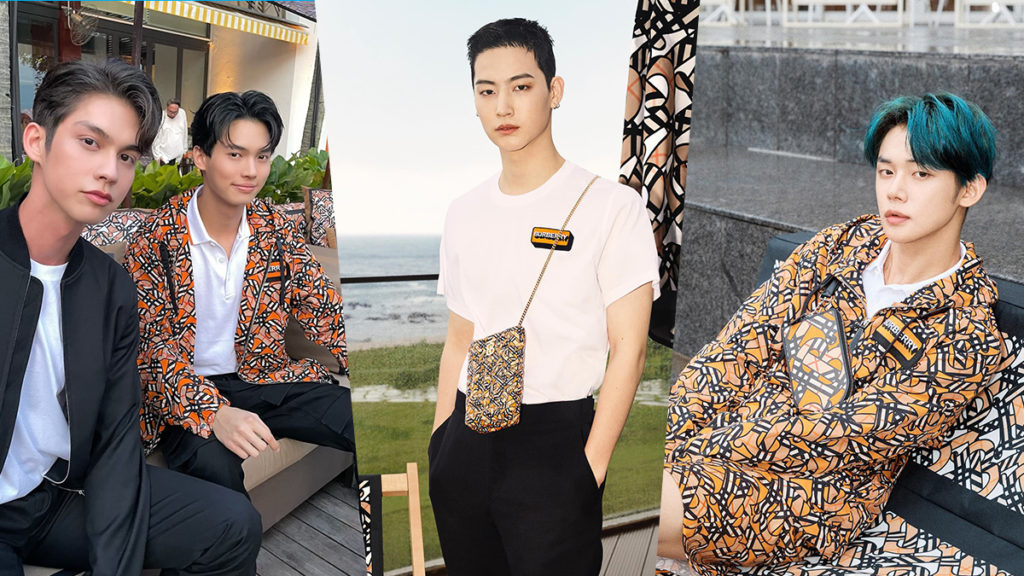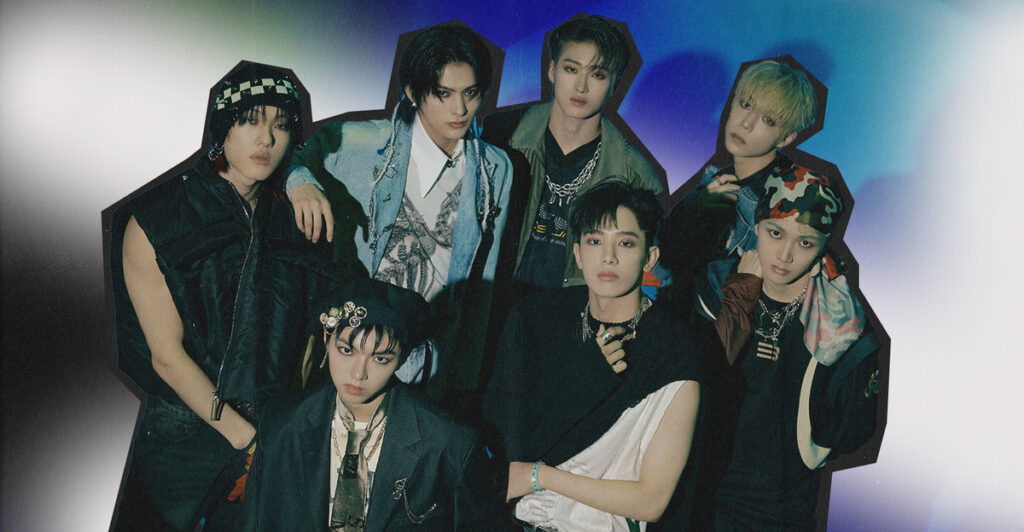Revisiting Penang’s Old Shop Signs With Ban Ban Kia
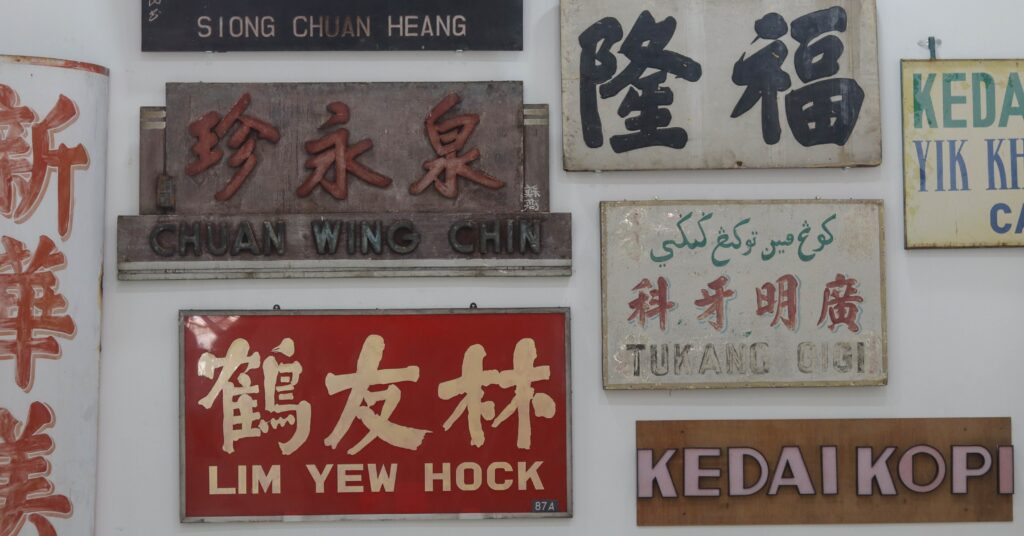
On the vibrant streets of Penang, history lingers not just in the architecture or the food but also in the humble shop signs that line its alleys. These old shop signs, some of which date back several decades, are more than just markers of commerce; they are cultural artifacts that tell stories of the island’s rich multicultural heritage. From hand-painted characters to unique typographies, each sign reflects the artistic styles and societal values of its time. As modernity slowly approaches, these nostalgic relics offer a glimpse into the past, reminding us of the local traditions that continue to shape Penang’s identity today.
EnVi chatted via online meet with Joel Lim Du Bois of Seh Seh Penang, also founder of Ban Ban Kia, about Penang’s old shop signs’ history, significance, and artistic aspects.
Unfolding Penang’s Heritage Side
The history dates back to the end of the 1800s, when Penang became an increasingly important port of commerce in Southeast Asia due to the British invasion to Malaysia, which attracted people from around the world. As a city where international commerce happened, there are a lot of shops which have signs put up. “These shop signs, which reflect Penang’s history, started around the 1890s and they go up until the 1980s. Until that time, there were fewer and fewer people making these shop signs, so we got a hundred years worth of those signs,” Du Bois explained.
“Ban Ban Kia” and Their Love For Shop Signs
Amid the busy city streets, a movement began — one that urged people to slow down, take notice, and reconnect with the fading art of a city’s soul. This was the start of “Ban Ban Kia,” a phrase rooted in the Hokkien language meaning “walk slowly,” but with a deeper, more soulful message: to wish a heartwarming “take care!” to someone.
Joel Du Bois and his partner, Tan Sueh Li, founder of huruf.my, started this movement. They noticed something many had missed — beautiful old shop signs, each telling a tale of history, craftsmanship, and culture. These signs weren’t just for businesses — they were symbols of the city’s identity, which are easily dismissed in the rush of modern life.
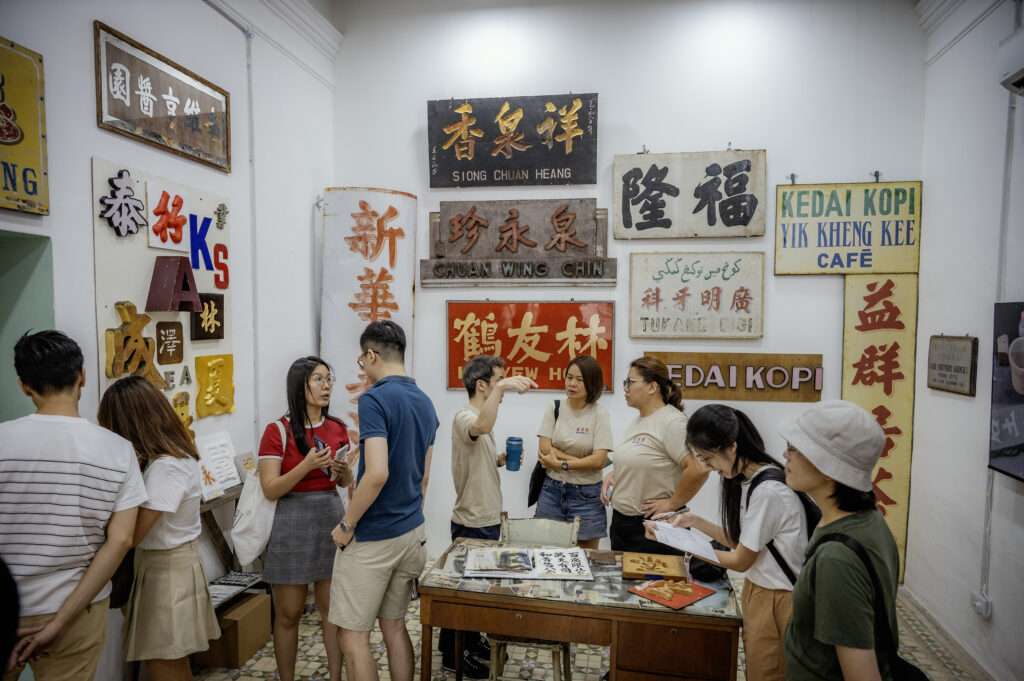
Their idea was simple: walk slowly. They began organizing walking tours through the streets of Penang, encouraging people to take their time, admire each sign, and understand the stories behind them. It wasn’t just about looking — it was about truly seeing, appreciating the art and history in each hand-painted letter and signboard. Ban Ban Kia is a part of George Town Festival 2024, adding to the festivity of the event.
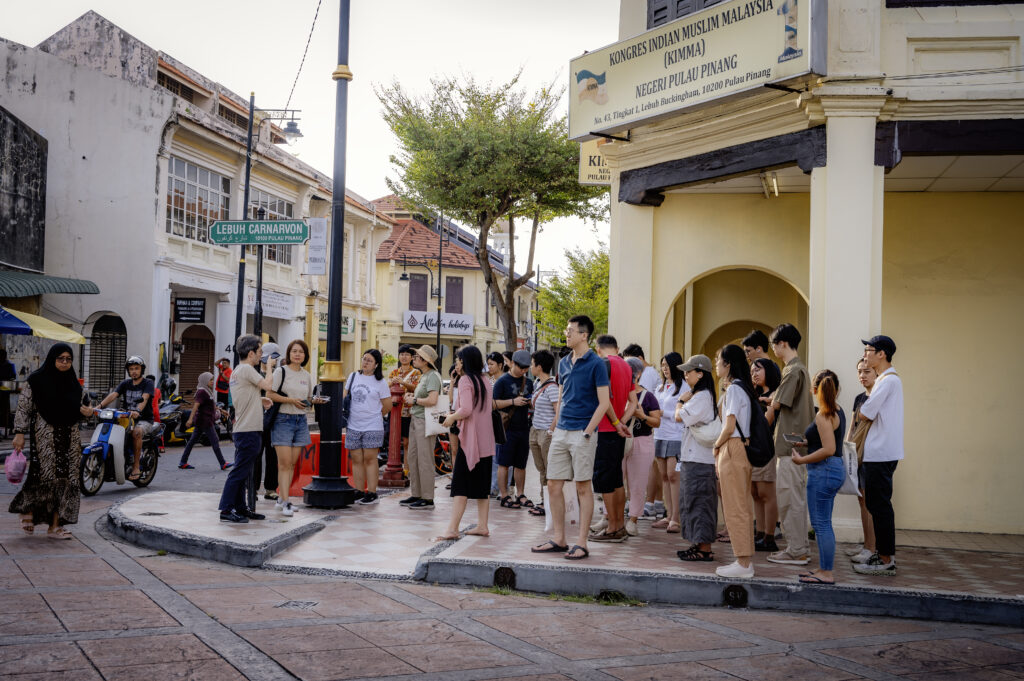
Multiculturalism in Design
“There were four main ethnicities that lived at Penang that time; British, Southern Chinese (Hokkien), Malaysian, and Tamil. There are also people from Japan and Thailand. It’s very diverse, due to the many people that came to Penang,” Du Bois said. This blend of ethnicities contributed to creating a new tradition of sign-making, calligraphy, writing, and typography — which later went through evolution in terms of design, language, and culture. What makes these signs unique is that they reflect the diversity of ethnic groups in Malaysia.
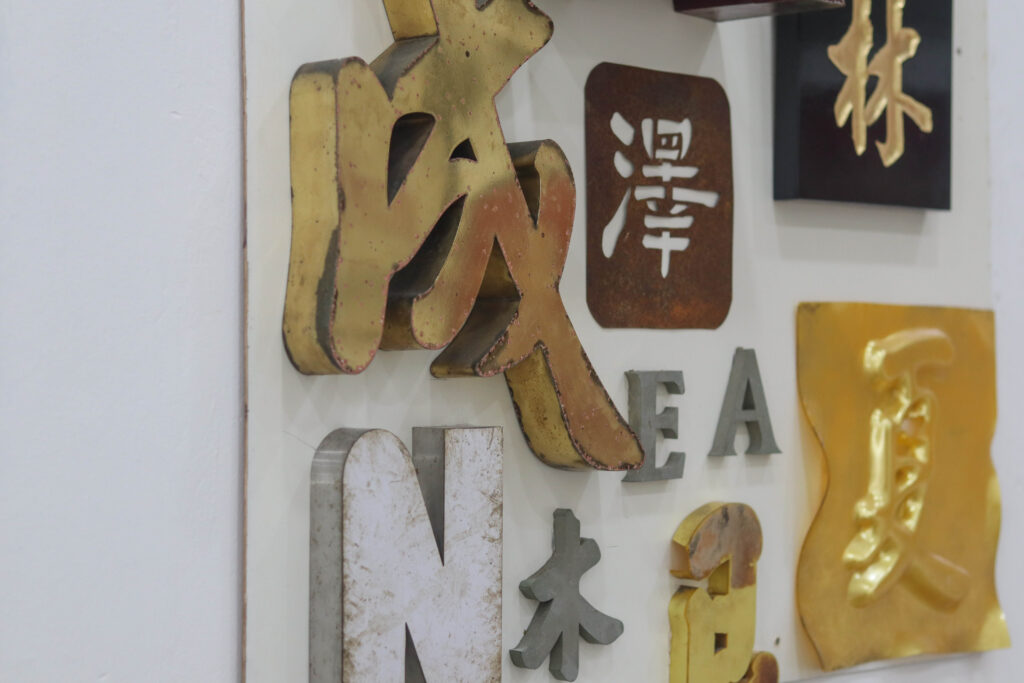
The four main ethnicities use different languages and scripts: English, Bahasa (Malay), which is written in either Jawi (Malay-Arabic script) or Rumi (Romanized script), Tamil, and Hokkien. “Hokkien is what makes Penang signs unique, since most of the Chinese in Penang are Hokkien so […] the signs are in Hokkien language. In other cities like Kuala Lumpur or Ipoh, you would find more Cantonese, and these days you see more Mandarin. It’s interesting how it reflects the community, apart from the multiculturalism,” Du Bois stated. This mix of languages is the result of historical evolution, influenced by English during the period of British colonization. After gaining independence, the Rumi script was introduced to replace Jawi, marking a shift in the language landscape.
Colors, Motives, & Calligraphies
The signs draw their design inspiration from the Art Deco style, a decorative art movement that flourished in Penang between the 1930s and 1960s. This style is known for its bold geometric shapes, vibrant colors, and intricate patterns, which were commonly seen in architecture, signage, and design during that era in Penang.
The illustrations and colors on these signs have symbolic meanings. Hand-painted drawings and illustrations typically describe the products that the store sells.
“One thing about Penang’s shop signs is that they are multi-colored! It’s bright and vibrant,” Du Bois said. This is because they are designed to stand out and attract people. On these signs, the colors cater to a certain ethnicity or religion. For instance, the color green represents the Muslim community because it is associated with Islam. In contrast, red and gold are a popular choice for the Chinese community as they symbolize prosperity and good fortune.
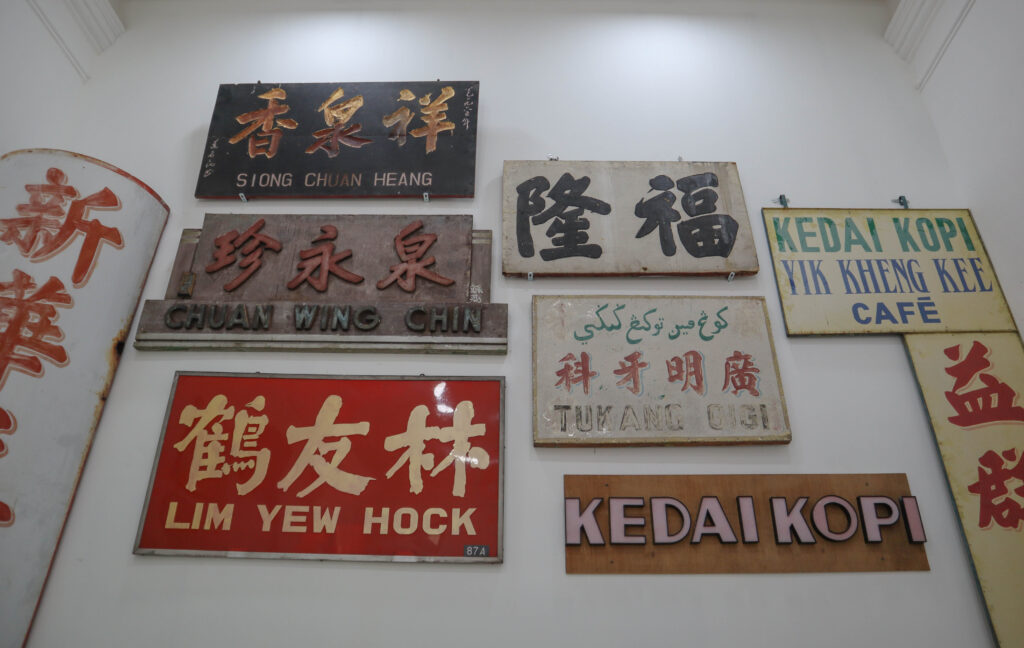
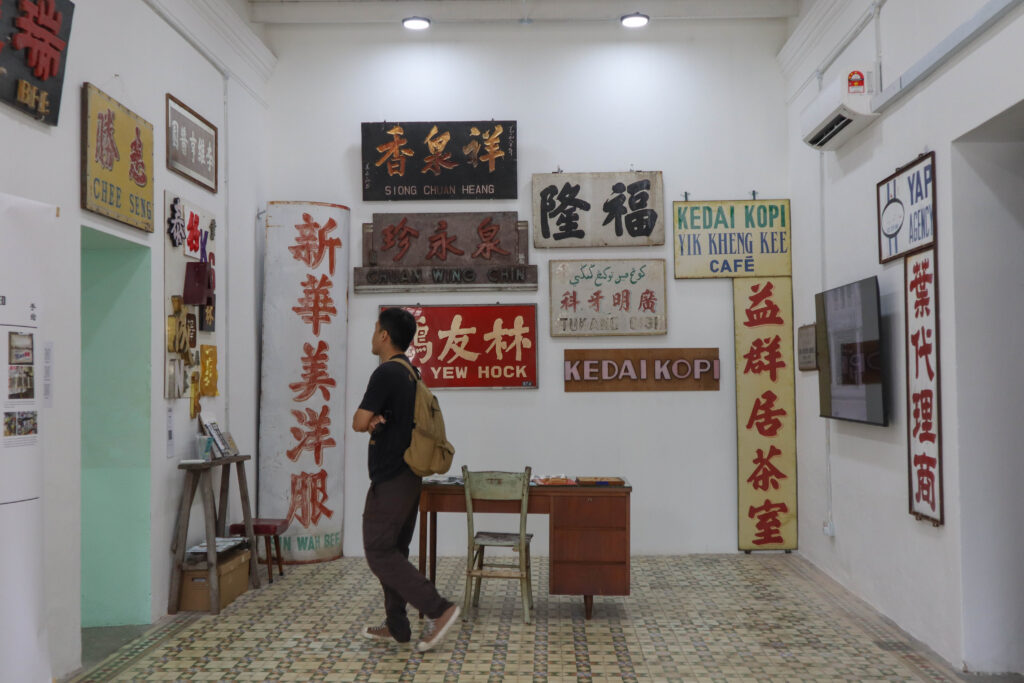
Hopes For The Future
Du Bois expresses that it would be wonderful if people got inspired by their work of showcasing Penang & Malaysia’s shop signs’ aesthetic and design heritage. “Our work is to inspire young designers [to] make something new out of it, so in that way, this culture can still be preserved,” Du Bois stated at the end of the interview.
Traveling to Taiwan soon? Check out Team EnVi’s picks of the island’s culinary gems here!
